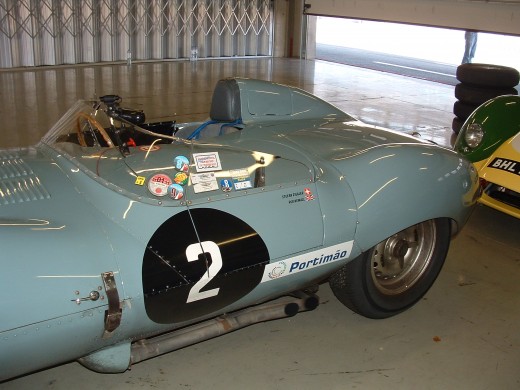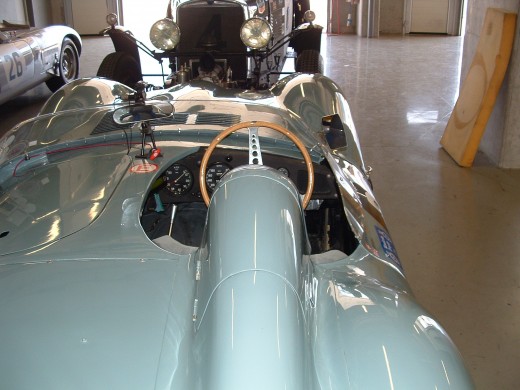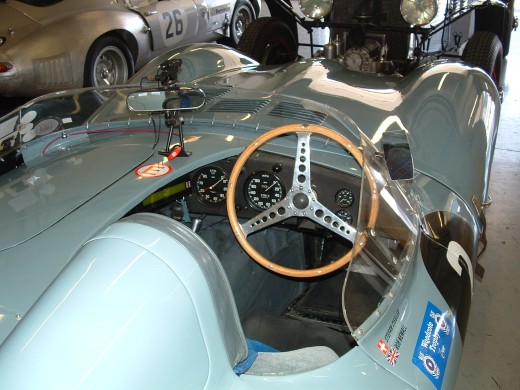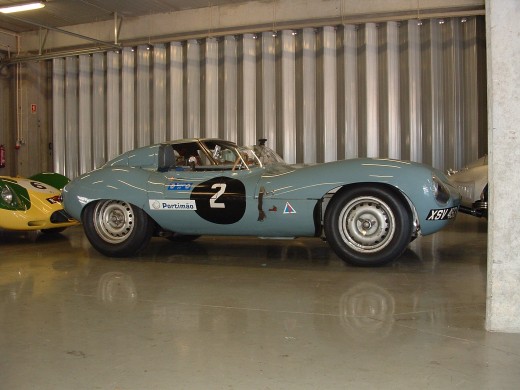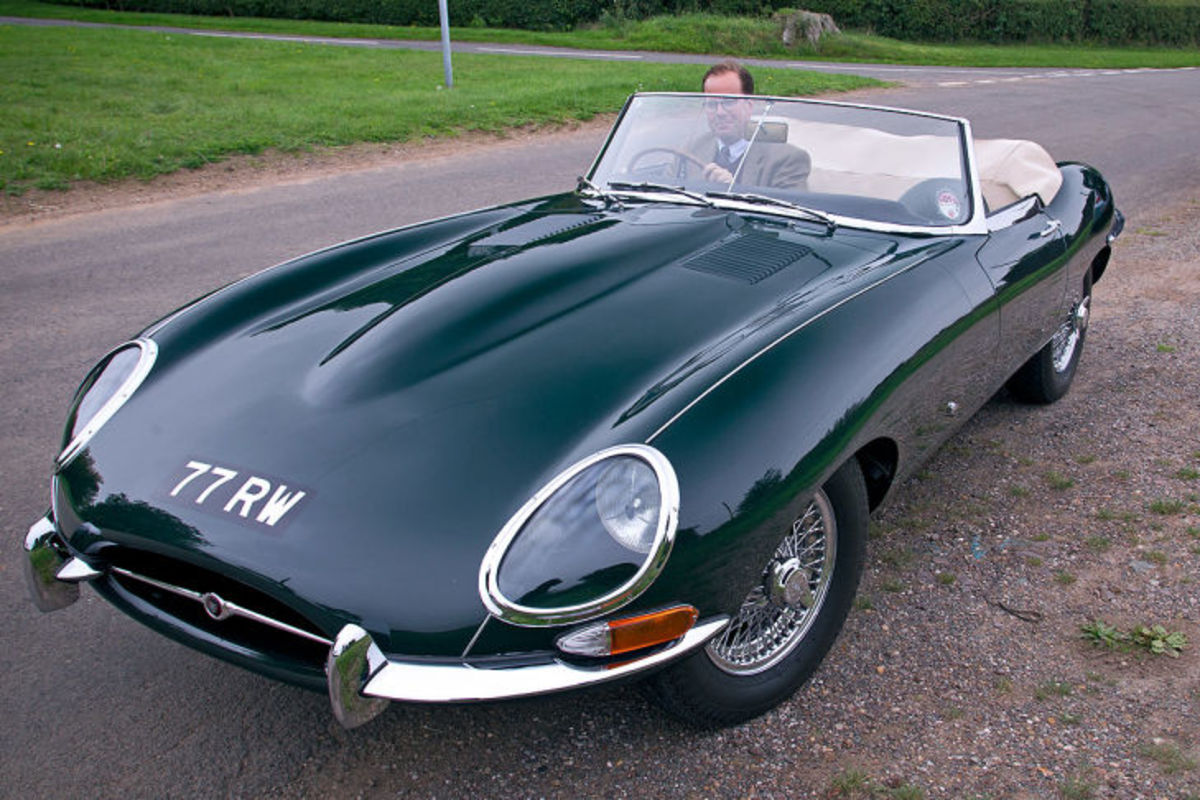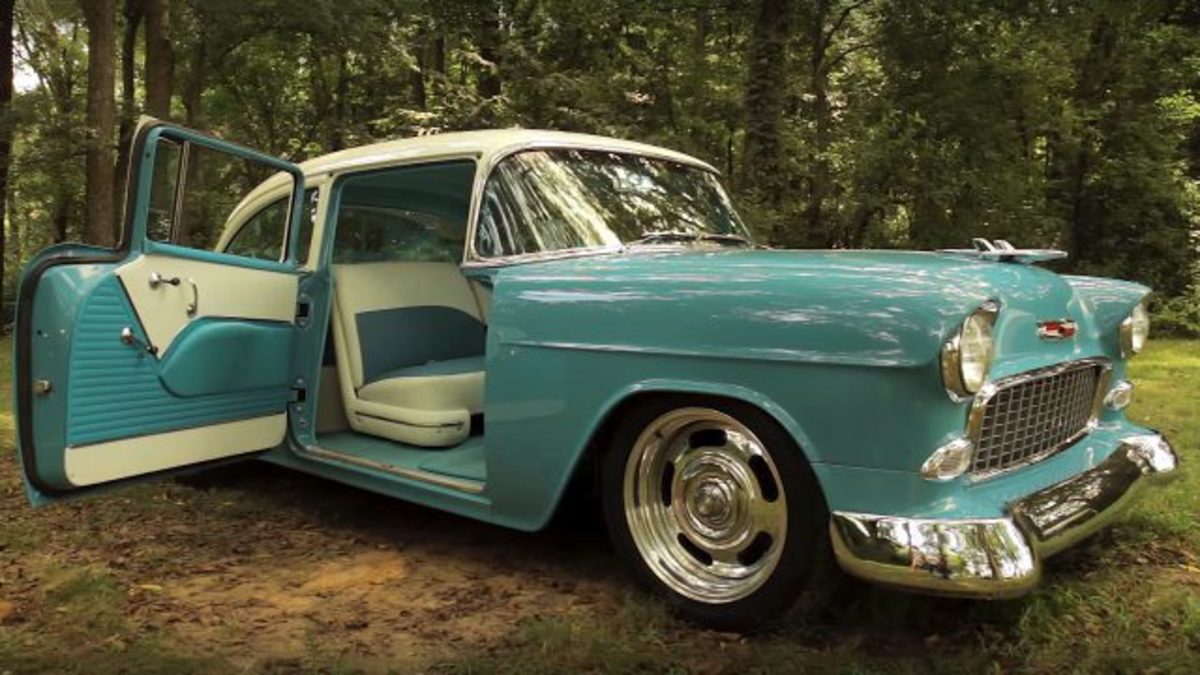Jaguar D Type
The Jaguar D-Type was a cleverly designed race car and built only with the sole purpose for the racetrack. Following the era of glory and demise of its forerunner the Jaguar C-Type, engineers at Jaguar used their experience from this past and famed racer and introduced incredibly new technological innovations in building the D-Type. The same tried over and enduring engine, the 3.4L 6 in-line XK engine that was fitted in the C-Type was also initially supplied to the newly developed D-Type.
Despite the C-Type and the D-Type firstly sharing the same engine, this new race car greatest innovation was with the introduction of a monocoque chassis. Aircraft like engineering and building techniques were used in designing and building of the D-Type. Aeronautical understanding of the basics in aerodynamic efficiency was applied in its design.
The vertical wing like structure placed behind the driver’s seat was not only for stability but mostly to reduce drag created at high speeds over and around the driver.

All together the knowledge that Jaguar acquired especially with the help of the aerodynamicist engineer Malcolm Sayer, designing and building a race car following modern aircraft assembly techniques that lead to a monocoque frame meant that it was needless to build on top of a steel chassis like the previous racing model the C-Type, thus reducing weight drastically.
Sayer designed a minimal frontal area for the D-Type to reduce its height and therefore create less surface area for reduced air friction and drag. This was also accomplished by the tilting or “canting” of the XK engine by 8o. A further development on the engine was the dry sump lubrication. The engine initially was a 3.4L and eventually redeveloped to a 3.8L in the late fifties and this new engine was fitted with larger valves and an asymmetrical cylinder head design to house them. Changes in the D-Type in lowering height and tilting of the XK engine resulted in the off-centre bonnet lump that gave the D-Type such a unique appearance.
Manny of the D Type features were used in the development of the Jaguar E Type, commonly referred to as the Jaguar XKE in North America. Click below for more info on this particular model.
One more aircraft innovation used in the D-Type was the deformable fuelbags that were located inside cell compartments in the monocoque body. A tubular subframe was built for the front half of this race car, and it held together the engine, front suspension, steering and hood, attached as well with aluminum alloy sheets that fitted around in the drivers’ compartment. Rear suspension and final drive were bolted straight onto the monocoque body. D-Type disc brakes were the same as the C-Type, as was the XK engine. Basics of the aerodynamic body shape and many construction details were used later in the development of the eternal Jaguar E-Type.
Race History
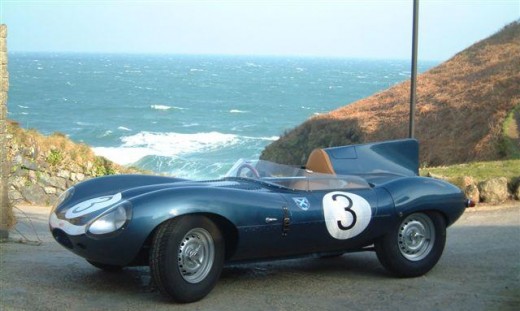
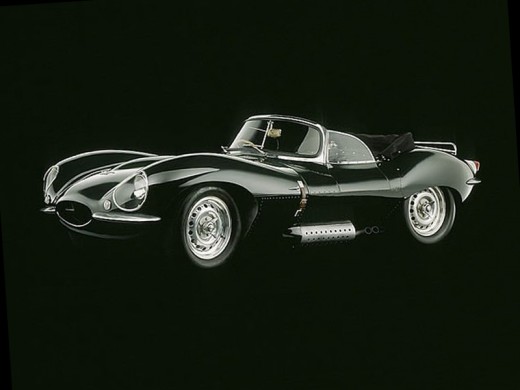
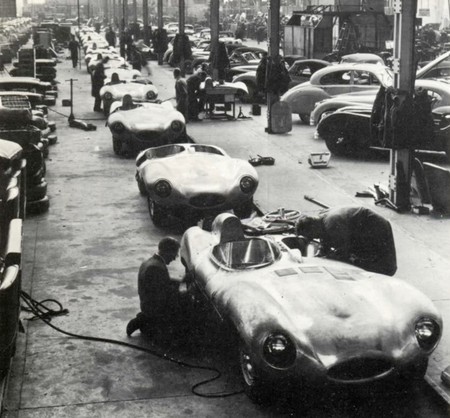


Jaguar's race manager Lofty England always had an attraction on the 24 Hours of Le Mans.
In 1954 in the 24 Hours of Le Mans the car was anticipatedly thought to perform well, but the cars were held back by sand in their fuel.
In 1955 the D-Type included longer-nose bodywork, and the engine had been fitted with larger valves and the car was ready for the Le Mans.
Unfortunately the contest was shortened by one of the worst accidents ever to take place in the history of motorsport.
In 1956 with Mercedes that had withdrawn itself from the races due to the accident the previous year, Jaguar saw a clean shot at winning the Le Mans.
Unfortunately only one of their three cars made it to the checkered flag, and only in 6th place.
But a privately owned racing company that used D-Types, at this race the car came to win ahead of teams from both Aston Martin and Ferrari. Jaguar had withdrawn from motorsport at the end of this year.
After retiring from racing, the Jaguar factory offered the excess, incomplete models as the road going Jaguar XKSS to the general public.
Changes to this racing model were adding a full width windshield, an extra seat, an extra door and a cheap looking soft top.
The Browns Lane plant suffered a fire on the 12th of February 1957 destroying nine of the twenty five cars left for road conversion.
The racing season of 1957 proved to be the D-Type's most triumphant year through private ownership. In the 1957 Le Mans race D-Types took five of the top six places.
It was the highlight of the D-Type´s career because in 1958 Le Mans Changed the rules and limited engine sizes to 3 liters.
Jaguar produced a 3-liter version of the XK engine to power the D-Types in the 1958, 1959 and 1960 Le Mans races, however these 3-liter version of the XK engine were never dependable and by 1960 was not boosting enough horsepower to be race competitive.
Due to the laws changed by Le Mans, in the early 60´s the D-Type came to its demise as a race car against competitive cars from rival manufacturers.
More Jaguar D Type Pictures Taken at Portimão Race Track

